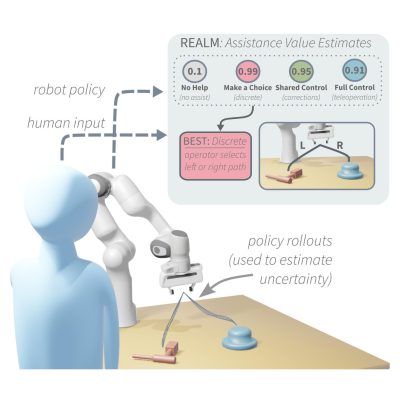Human-System Collaboration
Ever since the Wright Brothers managed to keep their flyer aloft in 1903 despite severe control challenges, it was obvious that flying machines could not be designed without explicit consideration of human operators. Today, a pilot in a cockpit is one of the earliest and most enduring symbols of what we can achieve with a positive working relationship between humans and machines. No system operates truly autonomously — not yet. Until we achieve this feat, there will be a human hand or mind involved in some aspect of the operation of every autonomous system. To calibrate human trust in the machine system, it is imperative to gain insight into the machine’s behavior so a human operator can interact with the system to share their human context understanding of the task at hand. Addressing these challenges requires sustained collaboration across cognitive science, autonomy, and the social sciences in how to develop and deploy machines that can work collaboratively alongside humans as highly effective teammates.
Human-system collaboration encompasses the efficiency, safety, and comfort of humans with the machines they operate, including pilots, passengers, and controllers. This includes the design of displays and controls for human interaction with complex systems, protective and support equipment for both pilots and astronauts, as well as the design of various aids for system status monitoring, crew coordination, communications, manual control, and overall system safety. Even unmanned aerial vehicles (UAVs) require operators on the ground to program, remotely control, and monitor airborne operations from a distance. A deeper understanding of human physiology in aerospace will enable our understanding of how specific operating conditions in aerospace environments affect the health, comfort, and efficiency of human operators and passengers.
Key focus areas
- Human-machine systems
- Interactive robotics for aerospace
- Medical and manufacturing
- Human factors
- Supervisory control and automation
- Biomechanics
- Life support
- Astronaut performance









